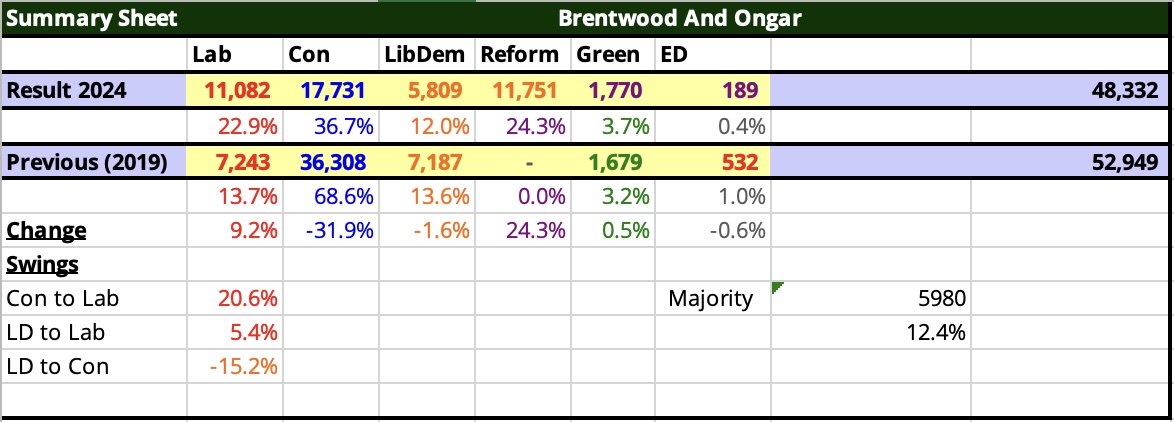Discussed and reviewed by Susan Kortlandt November 2020.
We all enjoyed reading this book, although some had not finished it. It is written from a very personal perspective, but also references many issues experienced by black people in general. Although there was a huge amount of detail, I found it easy to read.
The themes of the book relate to her awareness of being different, finding and accepting her own true identity and working out where she belongs. In doing so, she draws on the experiences of many other black people and highlights some of the injustices they have suffered, and continue to do.
Afua was born and grew up in Wimbledon. Both parents were also born in Britain, but her mother is of Ghanaian heritage and her father Jewish. They met as students at university. The family are very comfortably off, Afua was sent to a private school, where she was the only non-white pupil in her class. Although she had friends, she felt all through her childhood and teenage years that she did not quite belong. She did not speak Twi – the mother tongue of her grandmother, and even found it hard to pronounce her Ghanaian name.
She compares her privileged background with that of her partner, Sam, who grew up in Tottenham, a black neighbourhood controlled by the “hoods”. She feels that, because he was surrounded by black culture, he is more comfortable in his skin than she is. Both, however, achieved academic success and met as young lawyers.
Afua was very interested in Ghana, she visited with her mother and grandmother as a teenager and wanted to be African. After University, she worked in Senegal and Ghana, but found that she was not accepted there as a native and was thought to be a white woman. She eventually returned to make her home in Britain.
The book also explores some of the myths about black people, especially the idea that black men are sexually very powerful. She also comments on the notions that black women are ugly. In her youth, she hated her hair and spent a lot of effort “de-frizzing it”. She notes that black women in the public eye are expected to smooth their hair and that paler women have more success. There is huge social pressure to conform to the norms as seen by white people.
The Door of No Return is a reference to the history of slavery. People rounded up for the slave trade were imprisoned in a coastal fortress, where men and women were separated. The only access to the women’s cell was a ladder from the upstairs rooms of the prison governor, thus many girls and women were beaten and raped. They left this prison through the Door of No Return, a narrow space leading only to the sea and the slave ship. It is notable that, while most British children are taught about slavery, they learn nothing about the history and cultures of the various African countries from which they were taken.
The chapter on Class looks at the difficulties faced by black people, such as poverty and discrimination – even if unintentional – and the pretence of “colour blindness”. She talks about the idea of the Good Immigrant and the assumption that all black people are immigrants, therefore not entitled to the same benefits as white people.
Finally, partly from her own experiences, and those of her daughter, she recognises herself as British.

